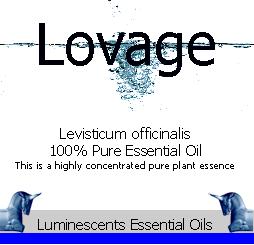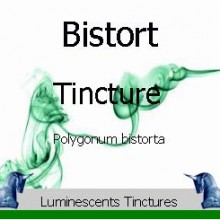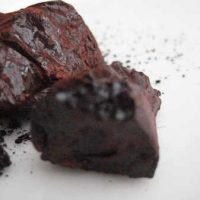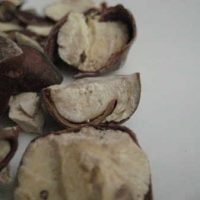Lovage Essential Oil is from the large perennial herb which can grow up to 2 meteres high. A hollow stem and thick, dense ornamental foliage are characteristic of this plant which smells and tastes a little like celery.
Traditional Attributes of Lovage Essential Oil:
A herb of historical uses, its reputation has been built upon uses for oedema, skin problems, menstrual irregularities, and fever.
Lovage Esential Oil Bends Well With:-
Lovage Essential Oil blends well with rose, Galbanum, Costus, Opopanax, Oakmoss, Bay, and Spice oils.
History of Lovage:-
The Garden Lovage is one of the old English herbs that was formerly very generally cultivated, and is still occasionally cultivated as a sweet herb. Lovage was used as a medicinal herb plant in the fourteenth century. Its reputation is believed to be founded largely on its pleasing aromatic odour.
The name Lovage stems from “love-ache”, the ache part being a once used medieval name for parsley. It is a corruption of the older French name levesche, from the late Latin levisticum, in turn thought to be a corruption of the earlier Latin ligusticum, meaning from or of Liguria which is in northwest Italy and is where the herb was once grown extensively.
In Germany it is known as Maggikraut and in the Netherlands Maggiplan. In France Leviche and in Italy Levistico. In Swedish its libbsticka
In folklore the plant was called Preachers Collar because in the past the plant was mostly cultivated in monasteries or in rectories





